Table of Contents
ToggleBest Python Web Framework For Web Development
Introduction
In the wide landscape of Python web development (best python web framework), choosing the right framework can make all the difference in your project’s success. From robust full-stack frameworks to nimble microframeworks, Python presents a diverse array of choices to suit different requirements and tastes. In this thorough guide, we’ll delve into the foremost 10 Python web frameworks, examining their core features, presenting code snippets, and discussing their applicability to various project types.
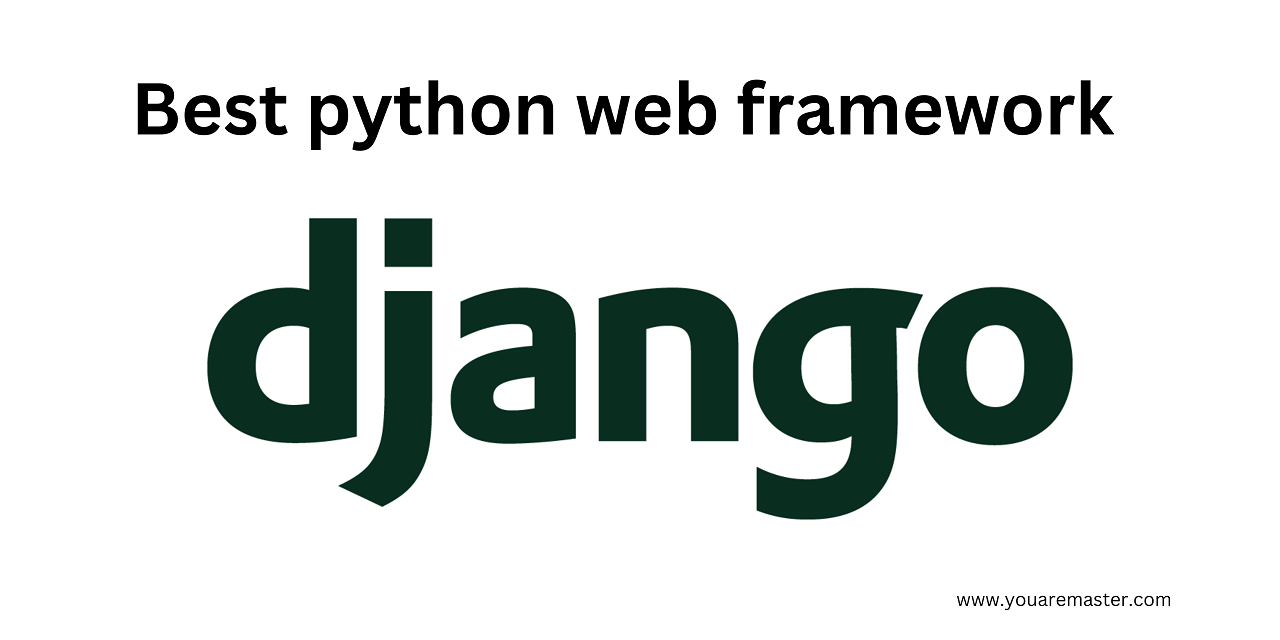
1.Django
Vital Features
Django stands out as a high-level, full-stack framework renowned for its batteries-included approach. It provides a vast array of features out-of-the-box, covering essentials like user authentication, database access, and admin interfaces. This makes it an excellent choice for complex web applications requiring extensive functionality.
Code Sample
from django.http import HttpResponse
def index(request):
return HttpResponse (Hello, Django!”)

2.Flask
Vital Features
Flask, a lightweight and minimalist framework, offers unparalleled flexibility in project structure. It’s ideal for smaller projects or developers seeking greater control over application architecture. Its simplicity makes it easier to learn compared to Django.
Code Sample
from flask import Flask
app = Flask(__name__)
@app.route(‘/’)
def hello_world():
return ‘Hello, Flask!’
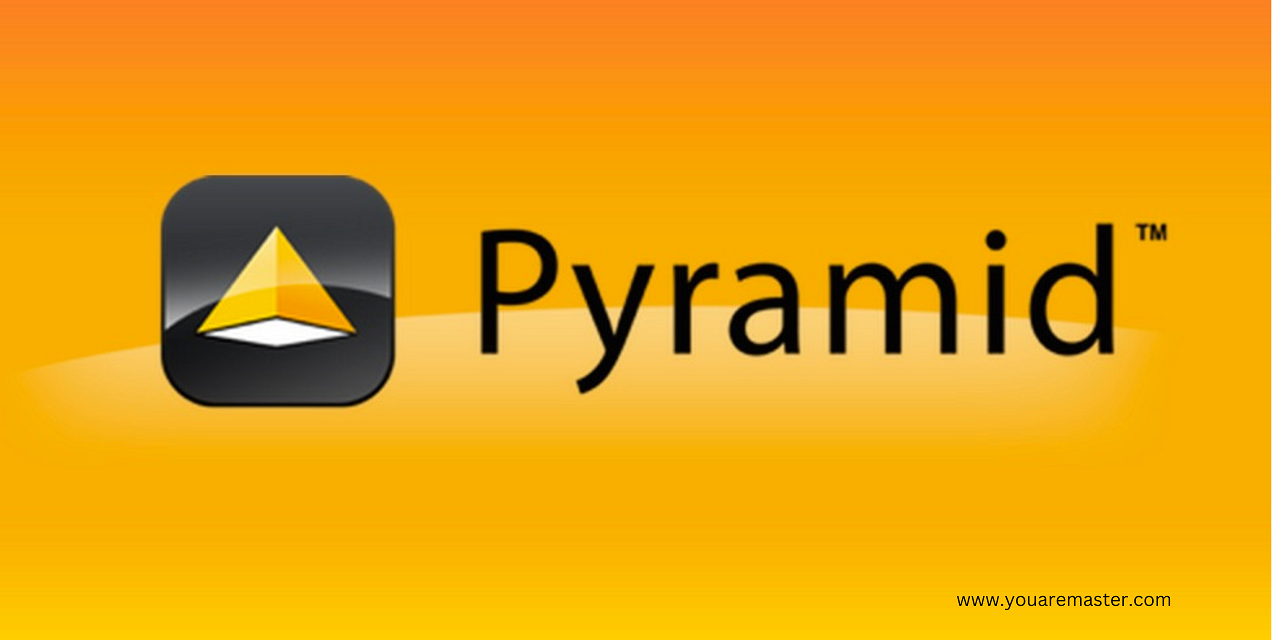
3.Pyramid
Vital Features
Pyramid distinguishes itself with its modularity and flexibility. It allows developers to cherry-pick components according to project requirements, making it suitable for building custom web applications with specific needs.
Code Sample
from pyramid.config import Configurator
from pyramid.response import Responsereturn Response(‘Hello, Pyramid!’)
config = Configurator()
config.add_route(‘hello’, ‘/’)
config.add_view(hello_world, route_name=‘hello’)
app = config.make_wsgi_app()
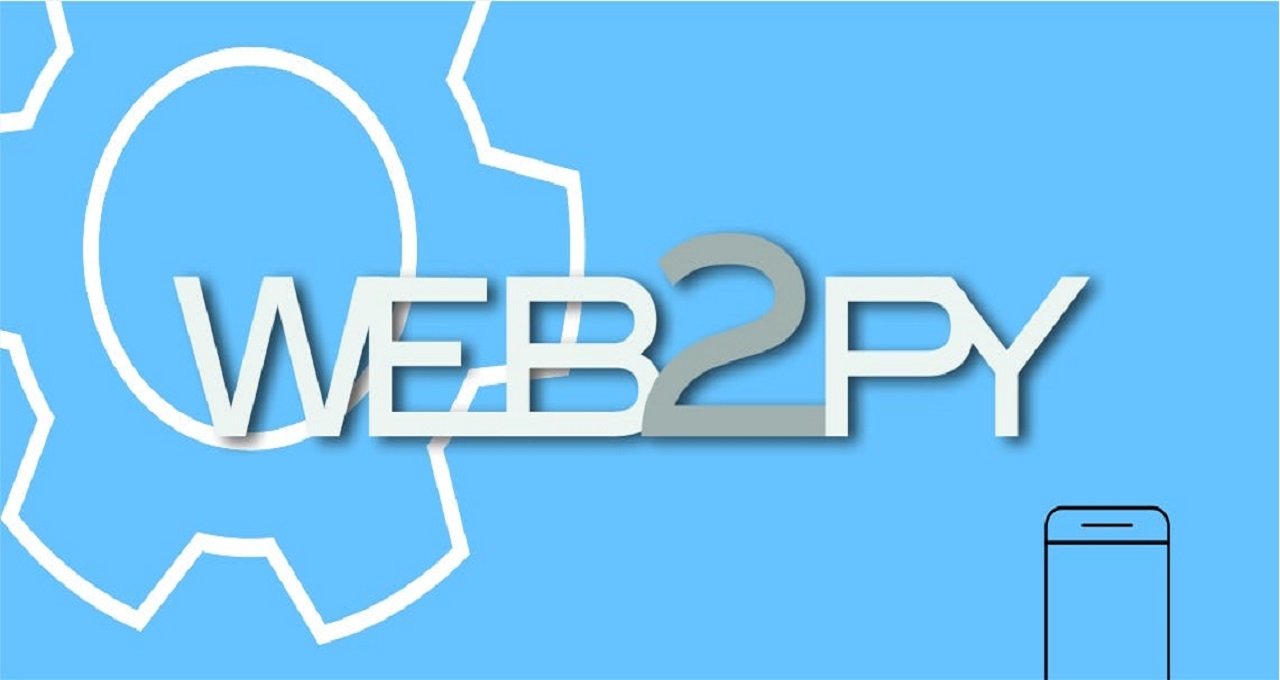
4.Web2py
Vital Features
Web2py is renowned for its ease of use and rapid development capabilities. It includes built-in tools like a code editor and deployment utilities, making it ideal for quick project kickstarts.
Code Sample
def hello():
return "Hello, Web2py!"
5.TurboGears
Vital Features
TurboGears amalgamates components from various frameworks to deliver a robust development environment. While less prevalent than Django or Flask, it’s a solid choice for intricate projects requiring extensive functionality.
Code Sample
from tg import expose
class RootController(object):
@expose()
def index(self):
return “Hello, TurboGears!”
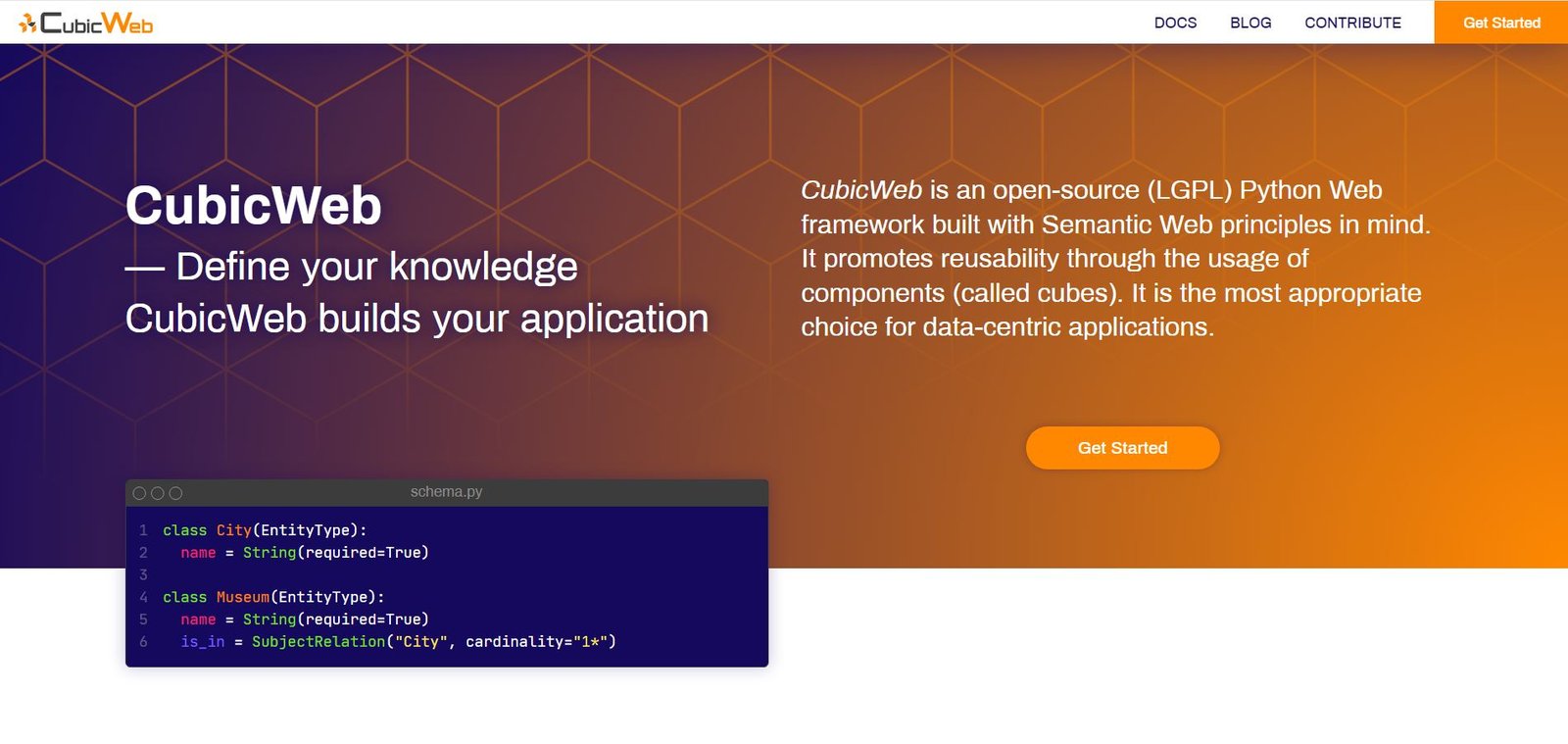
6.CubicWeb
Vital Features
CubicWeb, though less mainstream, offers a microframework akin to Bottle. However, it seems to lack the same level of activity and community support.
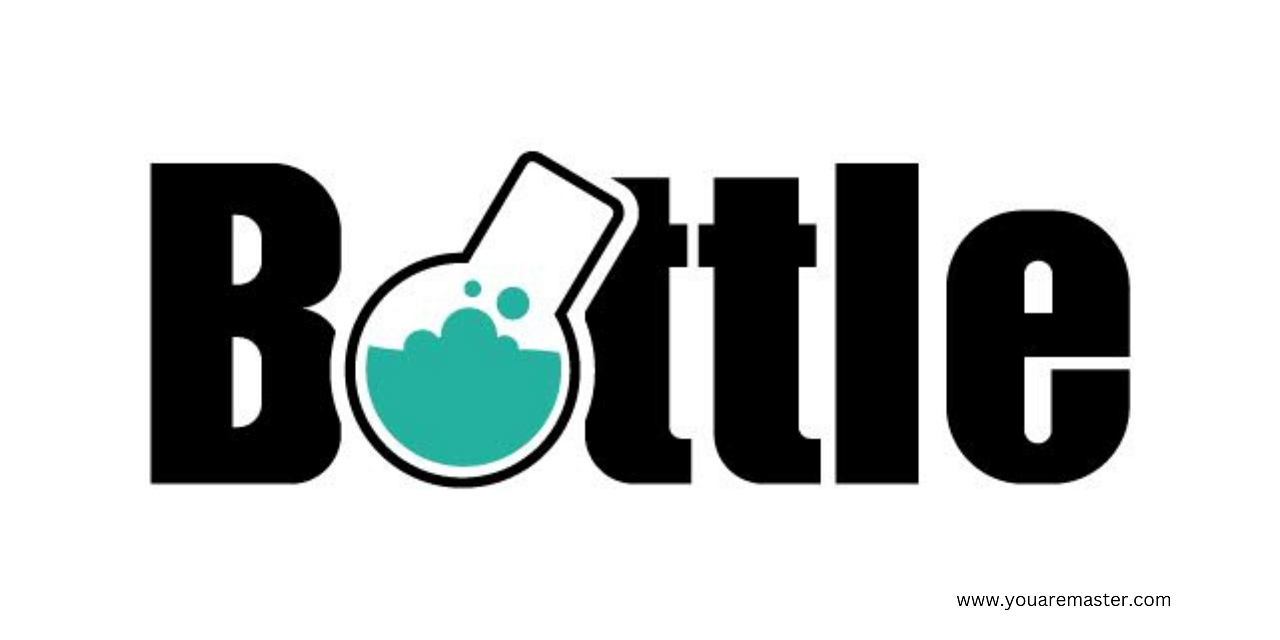
7.Bottle
Vital Features
Bottle is a lightweight microframework designed for building small web applications. It emphasizes simplicity and minimalism, making it an excellent choice for quick prototypes or simple APIs. One of its key features is its single-file distribution, which allows you to run applications without any dependencies.
Code Sample
from bottle import route, run
@route(‘/hello’)
def hello():
return “Hello, Bottle!”
run(host=‘localhost’, port=8080)
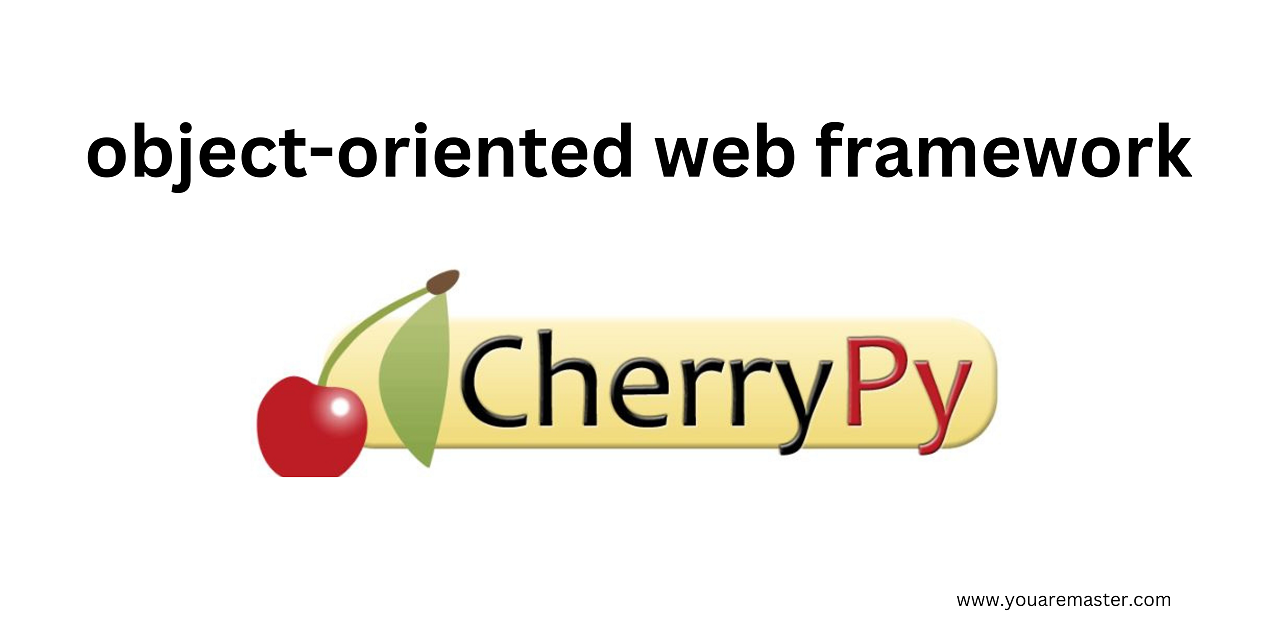
8.CherryPy
Vital Features
CherryPy is a minimalistic object-oriented web framework that provides developers with a high degree of control over their applications. It’s built with a focus on simplicity and performance, making it suitable for building custom web applications from the ground up. CherryPy’s core is thread-safe, allowing it to handle multiple requests concurrently.
Code Sample
import cherrypy
class HelloWorld:
@cherrypy.expose
def index(self):
return “Hello, CherryPy!”
if __name__ == ‘__main__’:
cherrypy.quickstart(HelloWorld())
9.Sanic
Vital Features
Sanic is a modern, asynchronous web framework for Python. It’s built on top of asynchronous I/O, making it incredibly fast and scalable. Sanic leverages Python’s async/await syntax to handle requests concurrently, making it an excellent choice for high-performance web applications, APIs, and microservices.
Code Sample
from sanic import Sanic
from sanic.response import text
async def hello(request):
return text (Hello, Sanic!”)
app.run(host=“0.0.0.0”, port=8000)
10.Tornado
Vital Features
Tornado is a Python web framework and asynchronous networking library, originally developed by FriendFeed. It’s designed for handling high volumes of concurrent connections, making it ideal for real-time web applications, long-lived connections, and WebSockets. Tornado’s non-blocking architecture allows it to scale well for applications with high concurrency requirements.
Code Sample
import tornado.ioloop
import tornado.webdef get(self):
self.write(“Hello, Tornado!”)
return tornado.web.Application([
(r”/”, MainHandler),
])
app = make_app()
app.listen(8888)
tornado.ioloop.IOLoop.current().start()
These frameworks offer distinct advantages and cater to different use cases, so consider your project requirements carefully when choosing the right one for your next web development venture.
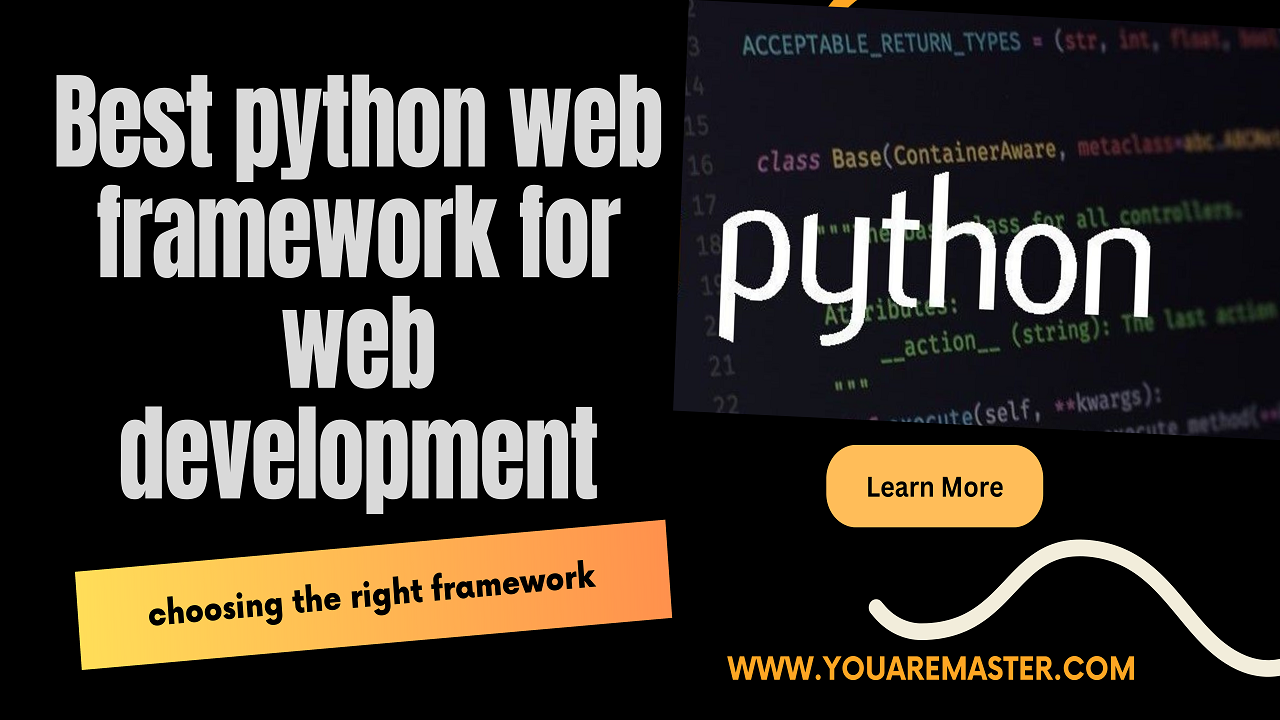
Additional Considerations
Learning Curve
When selecting a Python web framework, consider the learning curve associated with each option. Flask, for instance, is more straightforward for beginners, whereas Django might require a steeper learning curve due to its comprehensive nature.
Community Support
Evaluate the community surrounding each framework. Active communities often translate to better documentation, more extensive libraries, and quicker issue resolution.
Performance Benchmarks
While all frameworks offer distinct advantages, performance benchmarks can help determine which one aligns best with your project’s performance requirements.
Conclusion: What Framework Will You Choose for Your Next Project?
In conclusion, the choice of a Python web framework hinges on factors like project scope, complexity, and personal preference. Whether you opt for the full-stack prowess of Django, the minimalist elegance of Flask, or the modularity of Pyramid, each framework brings its own unique strengths to the table. Consider your project’s needs carefully before making a decision.
Comparison Table
| Framework | Features | Learning Curve | Community Support | Performance |
|---|---|---|---|---|
| Django | Full-stack | Moderate | Strong | High |
| Flask | Lightweight | Low | Moderate | Moderate |
| Pyramid | Modular | Moderate | Moderate | Moderate |
| TurboGears | Full-stack | Moderate | Moderate | Moderate |
| Web2py | User-friendly | Low | Moderate | Moderate |
| Bottle | Micro | Low | Limited | Low |
| CherryPy | Minimalistic | High | Limited | Moderate |
| Sanic | High-perform. | Moderate | Growing | High |
| Tornado | High-perform. | High | Moderate | High |
Categories
- Python Web Development
- Web Frameworks
- Programming
Share
Share this article with fellow developers to help them choose the right Python web framework for their projects.
Are You Ready for Your Next Project?
Choose your Python web framework wisely and embark on your next project with confidence!
Conclusion
In conclusion, the realm of Python web frameworks offers a diverse array of options, each tailored to suit different project requirements and developer preferences. From the comprehensive feature set of Django to the lightweight flexibility of Flask, there’s a framework to match every development need.
FAQs
- Which Python framework is best for web development? The best Python framework depends on your project requirements. Django is excellent for comprehensive, feature-rich applications, while Flask offers more flexibility and simplicity.
- Is Python best for web development? Python is a versatile language suitable for web development, thanks to its robust frameworks and extensive libraries.
- Which is better, Flask or Django? Flask and Django serve different needs. Flask is lightweight and offers more control, whereas Django provides a comprehensive set of features out-of-the-box.
- Which frontend is best for Python? Python integrates well with various frontend frameworks like React, Angular, or Vue.js, allowing developers to choose based on project needs and familiarity.
- Is Django for the frontend or the backend? Django primarily serves as a backend framework, focusing on server-side logic, database management, and routing.

2 thoughts on “best python web framework for web development”